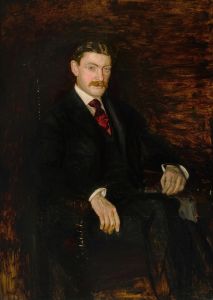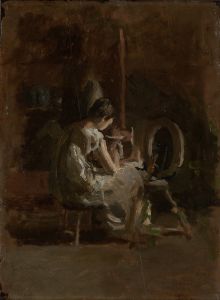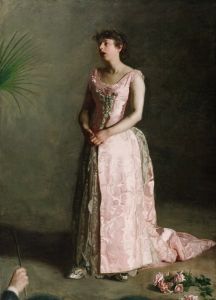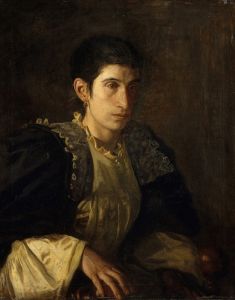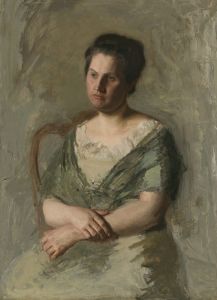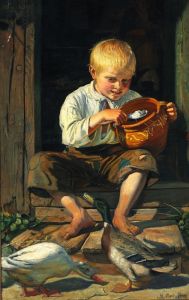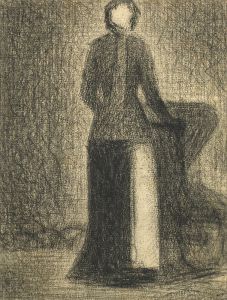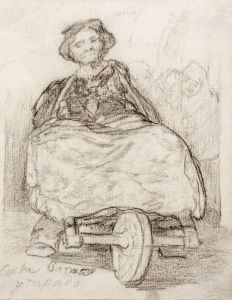
The Fairman Rogers Four-In-Hand
A hand-painted replica of Thomas Eakins’s masterpiece The Fairman Rogers Four-In-Hand, meticulously crafted by professional artists to capture the true essence of the original. Each piece is created with museum-quality canvas and rare mineral pigments, carefully painted by experienced artists with delicate brushstrokes and rich, layered colors to perfectly recreate the texture of the original artwork. Unlike machine-printed reproductions, this hand-painted version brings the painting to life, infused with the artist’s emotions and skill in every stroke. Whether for personal collection or home decoration, it instantly elevates the artistic atmosphere of any space.
"The Fairman Rogers Four-in-Hand" is a notable painting by the American artist Thomas Eakins, completed in 1879. Eakins, renowned for his realistic portrayal of subjects and his innovative approach to capturing motion, created this work during a period when he was deeply interested in the dynamics of movement and the accurate depiction of anatomy and perspective.
The painting depicts a four-in-hand carriage, a type of horse-drawn vehicle that is controlled by a single driver holding the reins of four horses. This particular carriage is driven by Fairman Rogers, an engineer, educator, and avid horseman, who was also a friend and patron of Eakins. Rogers was a prominent figure in Philadelphia society and a founding member of the Philadelphia Society for the Encouragement of the Horse, reflecting his deep interest in equestrian activities.
Eakins' work is celebrated for its meticulous attention to detail and its innovative use of photographic techniques to study motion. At the time, Eakins was influenced by the pioneering photographic studies of motion by Eadweard Muybridge, which were beginning to reveal the complexities of animal locomotion. Although Eakins did not collaborate directly with Muybridge on this painting, he was inspired by the scientific approach to understanding movement, which is evident in the precise depiction of the horses in motion.
The painting captures a moment of dynamic action, with the horses depicted in various stages of movement, pulling the carriage along a path. Eakins' skillful use of perspective and his attention to the anatomical accuracy of the horses and the figures in the carriage demonstrate his commitment to realism. The background of the painting features a landscape that provides context and depth, enhancing the sense of motion and space.
"The Fairman Rogers Four-in-Hand" is also significant for its representation of contemporary life and leisure among the American elite in the late 19th century. The painting reflects the social and cultural milieu of the time, showcasing the importance of horse-drawn carriages as both a mode of transportation and a symbol of status.
This work is part of the collection at the Philadelphia Museum of Art, where it continues to be appreciated for its artistic and historical significance. It exemplifies Eakins' mastery in capturing the essence of movement and his dedication to portraying the world with scientific precision and artistic sensitivity. Through this painting, Eakins not only documented a specific moment in time but also contributed to the broader understanding of motion and realism in art.







